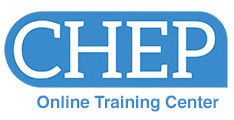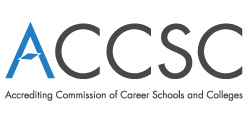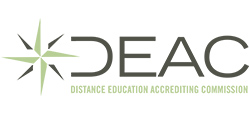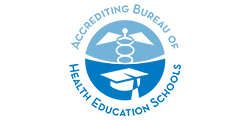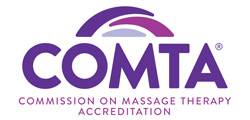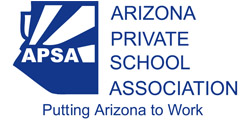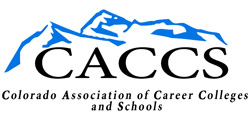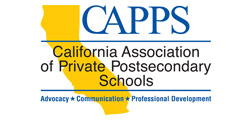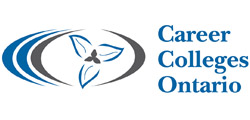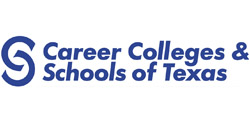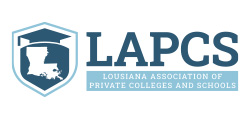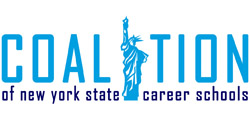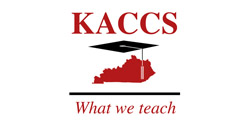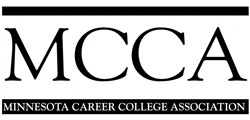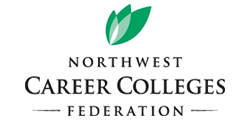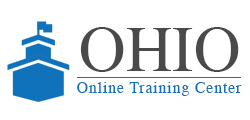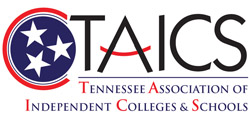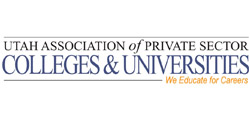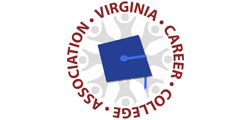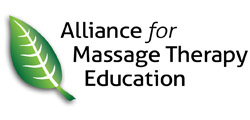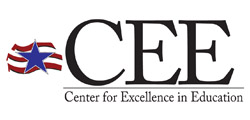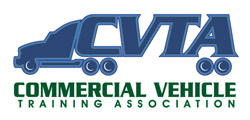Badge Evidence | Completed Courses (4 Hours Each)
CM251Students with Disabilities: Legal Obligations and Opportunities
This course provides faculty, staff, and administrators with an understanding of the legal mandates regarding equal access for students with disability. More importantly, it provides a practical framework to help institutional personnel know what to say and do in the context of their defined role and interactions with students with disabilities. Topics include the civil rights nature of applicable Federal law, definitional issues, the impact of disability on traditional education activities and pursuits, reasonable accommodations, and the unique responsibilities of faculty, staff, and administrators as prescribed by their position.
EC115Integrating Career Readiness Into Your Courses: Part I
This course will provide an overview of career readiness including information and activities that may be incorporated into your courses. This course, which forms Part I of a two-part series, provides details about four specific career readiness skills: critical thinking/problem solving, verbal/written communications, teamwork/collaboration, and information technology applications. Additional thoughts and resources will also be provided to allow you to consider multiple ways to assist students in developing these skills in your courses.
EC116Integrating Career Readiness Into Your Courses: Part II
This course will provide a brief review of career readiness and provide additional skills to incorporate into your courses. This course is Part II of a two (2) part series of courses. Therefore, this course will provide details about four (4) additional specific career readiness skills. These skills include leadership, professionalism/work ethic, career management, and global/multicultural fluency. Further thoughts and resources will also be provided to allow instructors to consider additional ways to incorporate these skills into their courses.
EC140Introduction to Positive Psychology for Educators
Positive psychology is the science of human flourishing and is leveraged to cultivate well-being for students, teachers, and staff in schools around the world. You'll be introduced to the tools of positive psychology to help you and your students thrive in the classroom and in life. This course is designed to help you understand the science of well-being and how to employ it for yourself and in educational settings to support well-being and academic achievement. The modules cover positive psychology's origins, and the research and application of the PERMA model, Character Strengths, and positive education.
ED101Effective Teaching Strategies
This introductory course covers the essential roles of a teacher and the competencies required to be a successful instructor in an educational institution. Proven techniques and strategies for planning and preparation are presented and discussed. In addition, the course offers effective methods for conducting the first class meeting and delivering course content. This course provides a solid foundation for new instructors and serves as an excellent refresher for more experienced instructors.
ED104Class Management Strategies
This course provides methods and techniques for managing students and class activities. We start by reviewing the steps instructors need to follow as they introduce a class to new students. We then discuss strategies to effectively deal with unfocused and challenging students. The course ends by describing common mistakes made by instructors and ways to avoid them.
ED106Enhancing Student Learning
This course provides methodologies and examples to help instructors increase content retention and application by students in need of support. The course starts by covering the skills needed by instructors to be clear communicators. We then discuss ways instructors can become effective in monitoring students and using student groups as learning tools. The course concludes by covering techniques and strategies to instruct diverse learners, including learners with disabilities.
ED107Creating an Accelerated Learning Environment
Retention is an issue, and what happens in the classroom is a critical factor influencing a student's decision to stay or go. The classroom environment may be hurting your students' view of the quality of your programs. In this course, you will learn tips and techniques to deal with environmental influences such as your role as the instructor, the classroom, the interactive activities, the support materials, and the sequence of instruction as well as other subtle influences. You will learn to view the environment from the student's perspective to increase your teaching effectiveness and student retention.
ED112Influencing Student Motivation
This course is intended to offer a practical explanation of how an instructor’s behaviors and choices can influence the motivation of students. It is not intended to be a theoretical or academic treatise about motivation. Module 1 offers useful tips that may help instructors to motivate students. Students’ security and autonomy are described as they influence motivation during instruction, questioning, activities, and evaluations. This is followed by a discussion of how motivation can be improved by enhancing students' sense of autonomy when making assignments, selecting instructional methods, implementing classroom procedures, and developing evaluations. In Module 2, intrinsic and extrinsic motivators are defined and compared. Finally, a variety of "miscellaneous motivators" are offered for instructors to consider.
ED116Critical Thinking Processes and Applications
The majority of careers require the ability to think critically and problem solve at one level or another. Employers seek individuals who can think independently, propose solutions, and solve problems. The content in this course provides the foundation for critical thinking and demonstrates how people with different interests, abilities, and aptitudes approach problem solving. The course covers the different kinds of intelligence and how they impact critical thinking, for a broader understanding of how people process solutions to problems. It concludes with step-by-step instructions for helping students develop and refine their own critical thinking skills.
ED135Teaching Multigenerational Learners
As students from different generations are enrolling in post-secondary settings today, instructors are presented with the challenge of how to engage, instruct and relate to these multigenerational learners. This course gives profiles of different generational learners and how they engage in the learning process. Content is shared on how to relate to learners of the different generations and how to use students' life experiences as learning opportunities. As technology is an essential part of instructional delivery, strategies are given for building on the abilities of multigenerational students to use social networks, portable media (given the parameters of school policy), and personal interaction. In addition, instructors are given methods that can be used to help students develop the critical thinking and interpersonal skills needed for career success.
ED142Military Veterans: Integrating Veterans into Post-Secondary Classes
This course examines the various challenges veterans face when attempting to pursue courses of study following military engagements and service. While no instructor can possibly identify with every aspect of a veteran's experience, it is possible to become more aware of some of the challenges facing veterans as they reintegrate into civilian life. This course also examines effective instructional strategies in design and delivery to facilitate the success of veterans in a post-secondary environment.
ED143RThe Most Effective Instructor: Scholar and Facilitator
The most effective instructor is both a scholar and a facilitator. A scholar has a broad and deep command of knowledge in a particular field of expertise. However, for scholars to be effective instructors, they also need to be good facilitators. Facilitators help and motivate others to learn. This is as important as scholarship. In this course we will define and describe "the scholar" and "the facilitator" as individuals, although they are two roles played by one instructor and are of equal importance. We will examine the duties and functions of the instructor as both a scholar and a facilitator.
EL108Preparing Students to Become Good Online Learners
This course will provide you with strategies and techniques to help prepare students for the online environment. To do so, you must also assess your strengths and weaknesses as an online instructor. As you help students assess their readiness for online learning, you are also preparing them for the expectations and realities of the online environment. By identifying students' strengths and weaknesses, you can provide guidance to help them achieve the learning outcomes. This course not only notes the necessary technical skills, it also discusses non-technical skills as well as techniques for successful learning and helping students develop their online persona.

